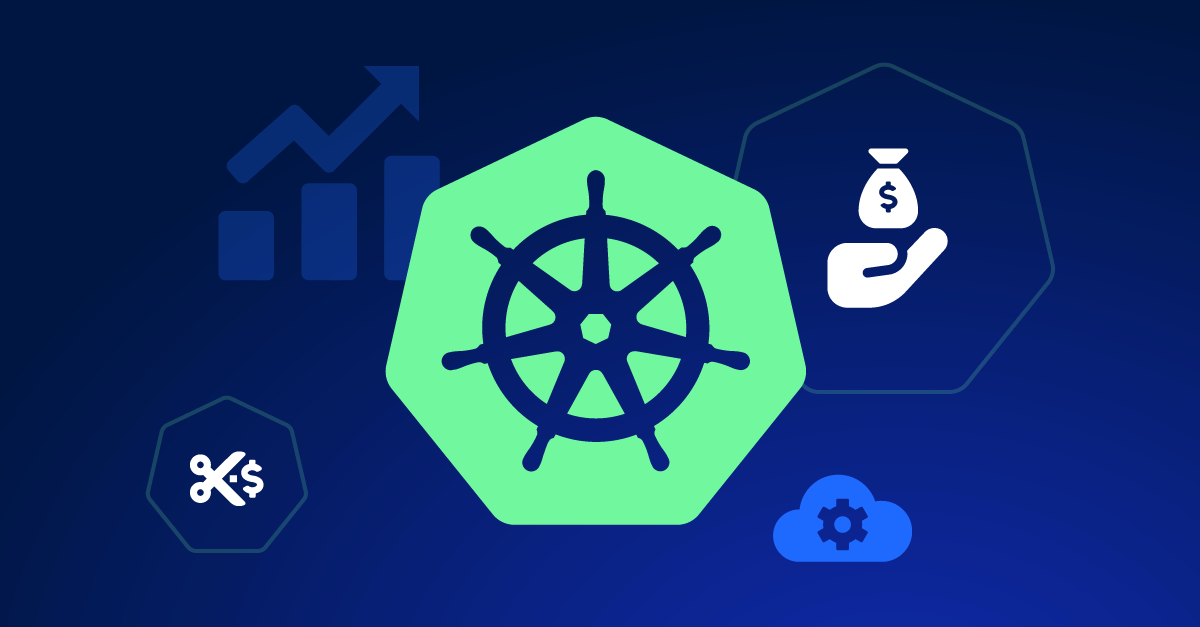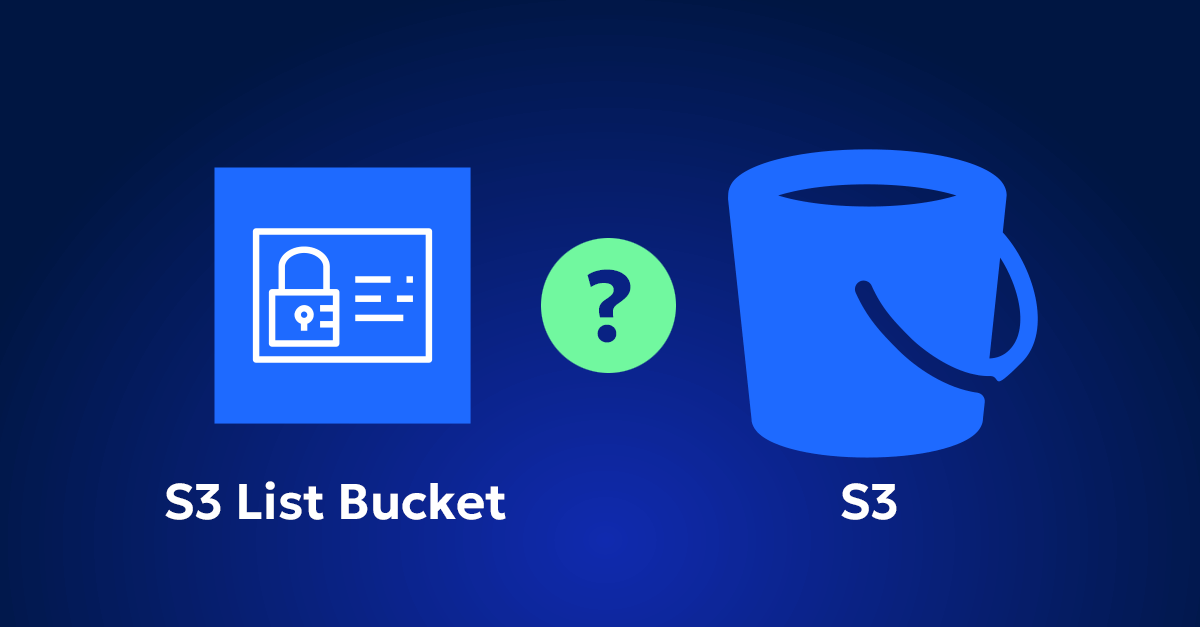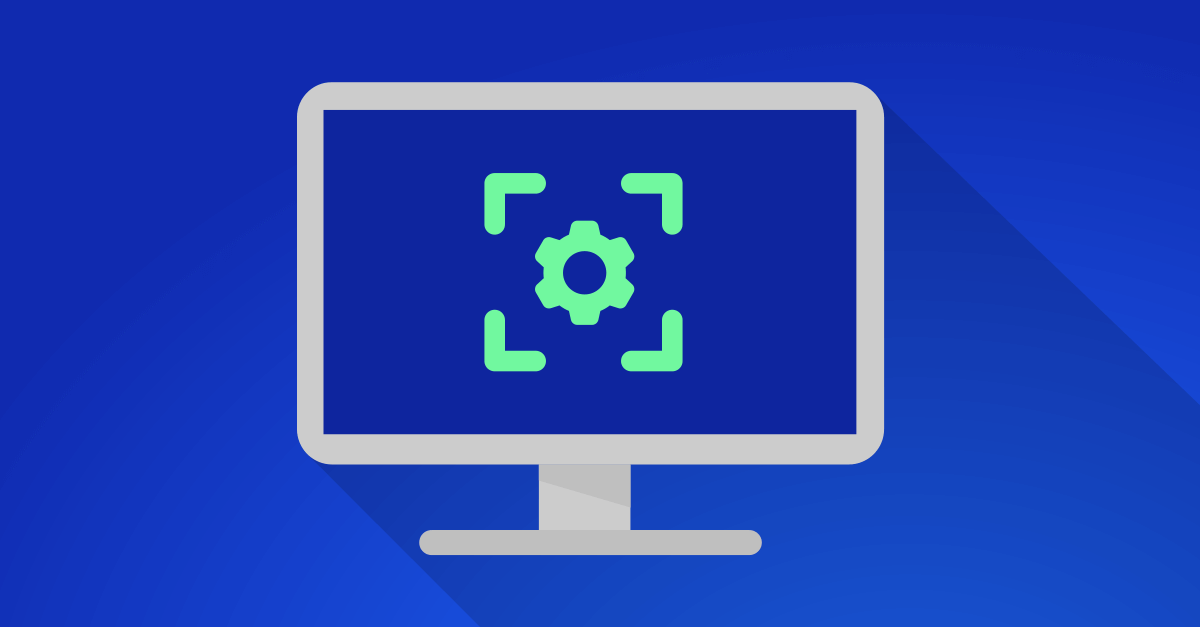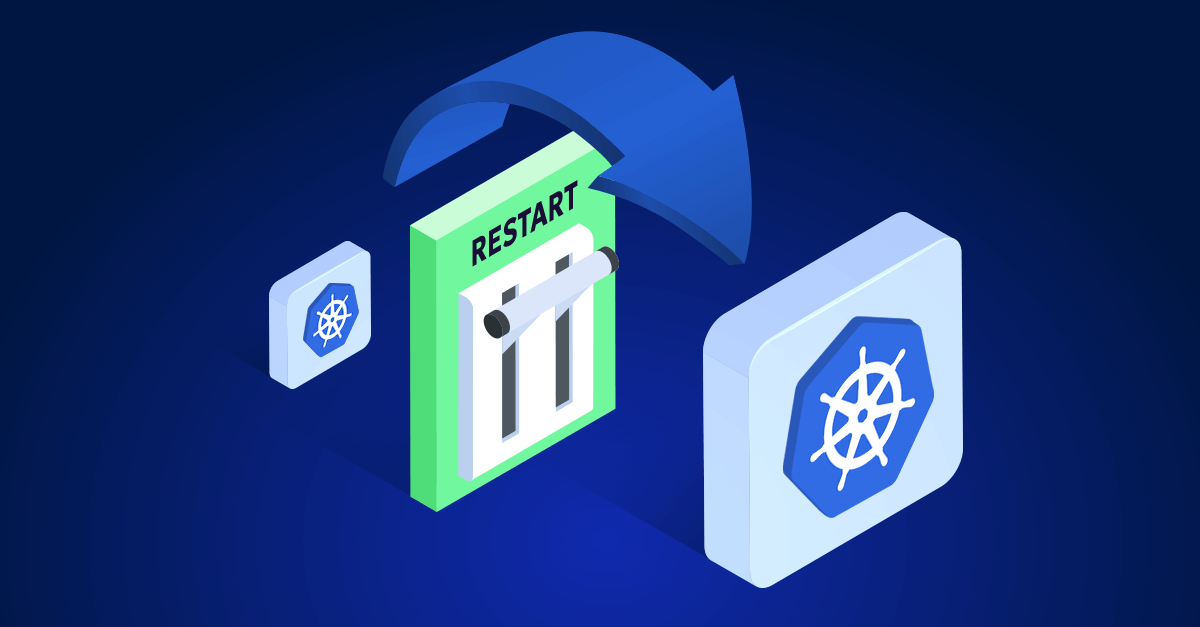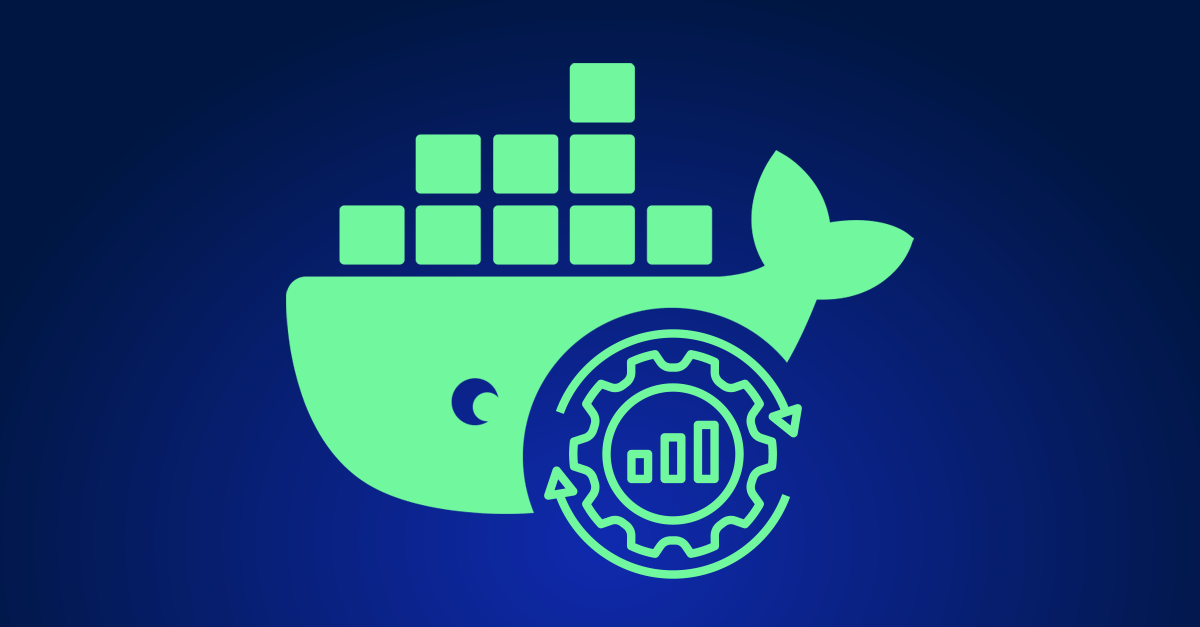You may have heard about Kubernetes, but still trying to wrap your head around what is Kubernetes. This Kubernetes tutorial is meant for absolute beginners, so are you already familiar with the basics you may want to continue with some of our more advanced guides. Otherwise, let’s get started:
So, imagine you run a website. Initially, you might have one server (a computer) handling all the traffic. As your website grows, one server isn’t enough. You need more servers to handle the increasing number of visitors. But managing multiple servers is really complicated. This is where Kubernetes comes in.
The Problem Kubernetes Solves
Running applications on multiple servers (or even hundreds or thousands of servers) is like managing a fleet of cars. Each car (server) has to be maintained, fueled (updated), and directed where to go (deploying applications). If one car breaks down, another needs to take its place without disrupting the service.
What is Kubernetes used for in simple terms?
Kubernetes is like a very smart traffic controller for your fleet of cars. It helps manage, deploy, and scale your applications across many servers seamlessly.
Kubernetes components in Simple Terms
- Containers:
- Think of a container as a box that contains everything needed to run a piece of software: the code, runtime, system tools, libraries, and settings. It ensures the software runs the same way, regardless of where it is deployed.
- Pods:
- A pod is the smallest unit in Kubernetes. It’s like a single car in your fleet, usually running one container, but sometimes multiple containers that need to work closely together.
- Nodes:
- Nodes are like the individual cars in your fleet. Each node is a server that runs pods. Kubernetes manages these nodes to ensure your applications run smoothly.
- Cluster:
- A cluster is the entire fleet of cars. It consists of all the nodes (servers) working together, managed by Kubernetes.
- Master Node:
- The master node is like the control tower for the fleet. It knows the state of the entire cluster and decides what to do next. It tells other nodes what to do, like where to deploy a new application or how to scale an existing one.
- Services:
- Services in Kubernetes act like phone operators. They ensure that calls (requests) always reach the right car (pod), even if that car moves to another node (server). They provide a stable network endpoint for your applications.
- Deployments:
- A deployment is like a plan you give to the fleet’s control tower. It specifies how many cars (pods) are you need and what type of cars they should be. If you need more cars, you update the deployment plan, and the control tower (master node) makes it happen.
How Kubernetes helps you
- Automatic Scaling:
- If your website suddenly gets a lot of traffic, Kubernetes can autoscale. That means Kubernetes can automatically add more cars (pods) to handle the load.
- Self-Healing:
- If a car (pod) breaks down, Kubernetes will automatically replace it with a new one to ensure your service is always running.
- Rollouts and Rollbacks:
- When you want to update your application, Kubernetes can roll out the new version gradually. If something goes wrong, it can roll back to the previous version to avoid disruptions.
- Resource Optimization:
- Kubernetes ensures your cars (servers) are used efficiently. If some cars are underused, it can redistribute the load to make the best use of available resources.
Why Kubernetes is Important
In today’s world, where applications need to be highly available and able to handle rapid changes in traffic, Kubernetes provides a powerful, automated way to manage large-scale applications efficiently. It takes care of many of the complex tasks involved in running applications so that you can focus on developing great software.
In short, Kubernetes is like the super-smart manager of a very busy and large fleet of cars (servers) that makes sure everything runs smoothly, efficiently, and automatically, even when things go wrong.
Kubernetes FAQ
What is the Biggest Problem with Kubernetes?
The biggest problem with Kubernetes is its complexity. It has a steep learning curve and requires a good understanding of concepts like containers, clusters, and networking to use effectively.
Will Kubernetes be replaced in the Future?
While it’s hard to predict the future, Kubernetes is currently the leading solution for container orchestration. However, as technology evolves, new tools and platforms may emerge that could potentially replace it.
Is Kubernetes Difficult to Learn?
Yes, Kubernetes can be challenging to learn due to its complexity and the many concepts involved. However, with the right resources and dedication, it is definitely possible to master it. There are many tutorials, courses, and documentation available to help you get started.
Further reading
Kubernetes Documentation – The official documentation provides comprehensive guides and tutorials on all aspects of Kubernetes.
Kubernetes Basics – A beginner-friendly tutorial that introduces the fundamental concepts of Kubernetes.
Getting Started with Kubernetes – A hands-on tutorial by Google Cloud to help you deploy your first application on Kubernetes.

